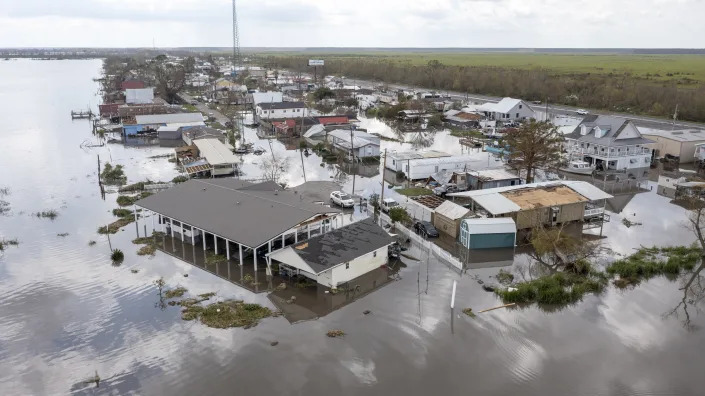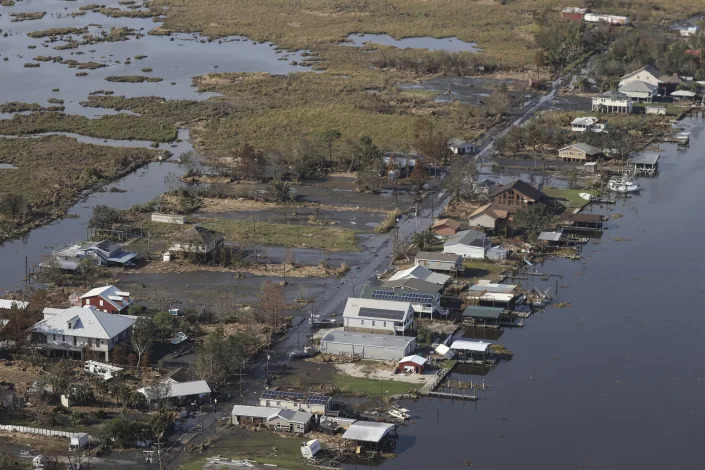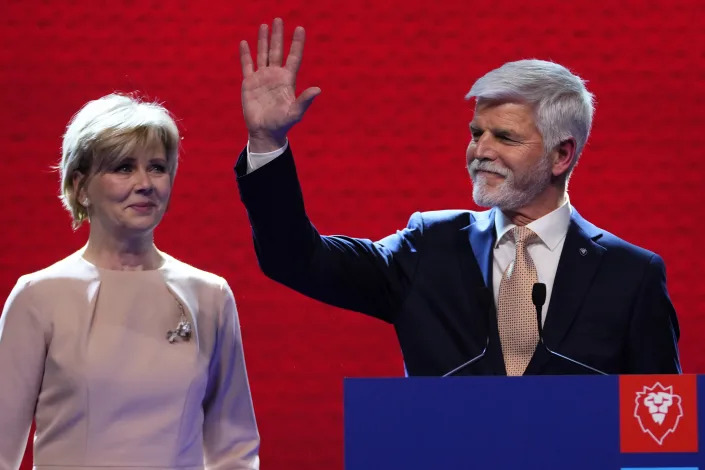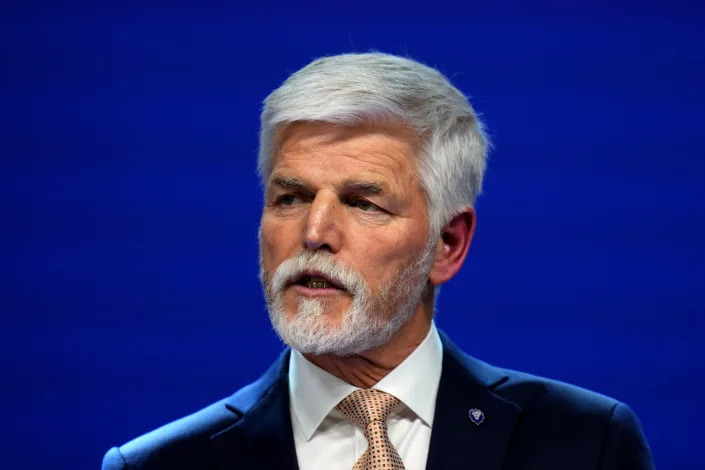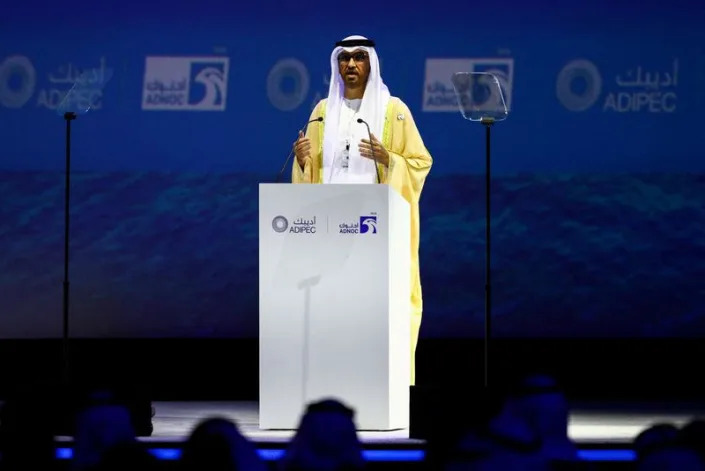José Rodríguez Jr.
Fri, January 27, 2023

Photo: Justin Sullivan (Getty Images)
A hidden loophole in the Biden administration’s regulations to curb truck pollution could end up greatly weakening the new laws. These were part of a crackdown on heavy truck pollution that’s the first of its kind in decades, according to Bloomberg. But commercial truck makers like Daimler and Navistar pushed for an exemption to the stricter emissions under cold weather conditions, which allegedly hamper their engines’ abilities to curb pollution.
The regulation was originally meant to ensure that, beginning in 2027, big rig engines came with lower emissions right off the assembly line with limits that were over 80 percent stronger than the previous rules. And the engines would also have to pass on-road trials to keep truck pollution at acceptable levels in the real world.
But a trade group known as the Truck and Engine Manufacturers Association — whose members include Blue Bird, Cummins, Daimler and Navistar among many others — argued that cold weather affects trucks starting at 77 degrees Fahrenheit. So the strict new laws should only apply in certain conditions.

Photo: Cooper Neill (Getty Images)
As Bloomberg notes, the “balmy” 77F is warmer than the average summer temperature in America. In fact, it’s even warmer than the average 74F of the latest record-breaking summer months measured in the U.S.
Even so, the EMA presented lab results (from testing they commissioned) that blew cold air over a sample engine to illustrate how emissions increased as the temperature dipped. The EMA concluded that stricter pollution controls require more heat so truck engines burn more fuel, leading to more emissions. We can’t curb pollution, says the EMA, because curbing pollution creates more pollution.
Sorry, but what kind laughably bad argument is that? A researcher cited by Bloomberg said “the joke writes itself,” and added that this is “a loophole big enough to drive a polluting semi through.”
What’s even more baffling is that the EPA granted their request, and relaxed the standards in so-called cold weather temperatures ranging from 77F to 41F. The rules relax even more at temperatures below 41F, and Daimler later said the changes “reflect both the laws of physics and sound rulemaking.”
The California Air Resources Board has been pushing back against the revisions that introduced the loophole by submitting its own findings, which show that pollution controls still make a difference even in cold weather. The EPA itself had previously proposed lowering emission standards only below 19.6F — in other words, weather that’s cold enough to affect truck engines. In Europe, for example, emissions are not given leeway even at 19F. For now, the EPA says that CARB’s data was submitted after the new rules had been changed, so the loophole will remain in place.

Photo: Cooper Neill (Getty Images)
Jalopnik



